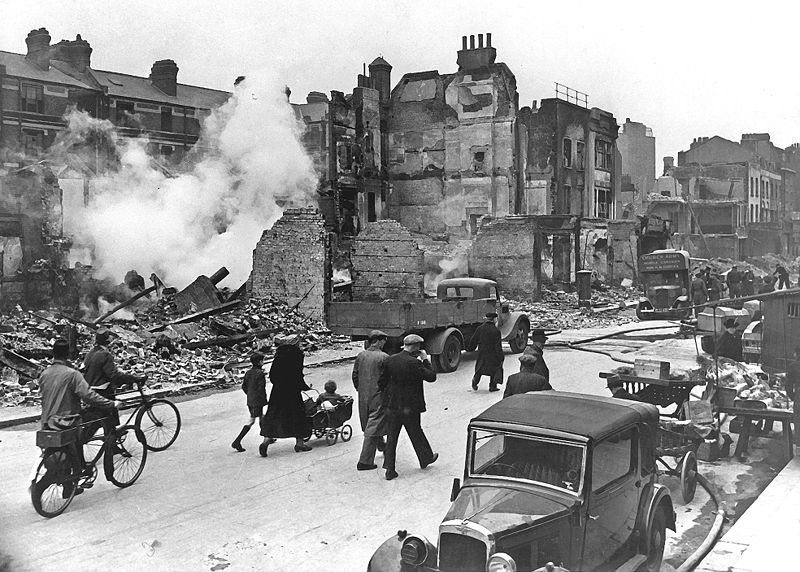I dunno, to be honest. I just built them on the dates given in the update, and they were finished at the dates given. I'm running 1.03 as well. I guess I just started earlier than normal.
Update when?
I dunno, to be honest. I just built them on the dates given in the update, and they were finished at the dates given. I'm running 1.03 as well. I guess I just started earlier than normal.






Tensions are beginning to define sides...
Finland is a good ally to have, giving the Soviets a second front, if they attack.
If Finland was no surprise, Poland or Czechoslovakia will be much complicated stuff, as products of Versailles. And while Czechs insists to have 'just' their own historical borders from times of Holy Roman Empire, Poland insists on Posen and Danzig...
And so on August 10, 1938, the Axis Powers was born. Next stop is an triple alliance with Great Britain and Italy to purge Europe of the filth that is Leninist France. In the future i would also suggest an alliance with Yugoslavia, Romania, and Hungary to form a defensive pact against the USSR. One way to achieve this is to hold a Berlin Conference to sort out the territorial disputes that resulted from the Treaty of Trianon. Not only will the world once again see Germany as a nation that desires peace but the you'll gain the Balkans respect and have them want to work with you.
With Poland and Czechoslovakia i would suggest working out treaties to gain land. In exchange for the Danzig corridor you could allow Poland free trade, access to Danzig, and a independence guarantee against the Soviet Union. If you can't gain the Sudetenland from Czechoslovakia then don't pursue it, while they may be German lands they never were a part of the German Empire and are not worth risking a war over.
Maybe if you're lucky Roosevelt could be convinced to side with Germany in the near future.
ok, time for necromancy...





